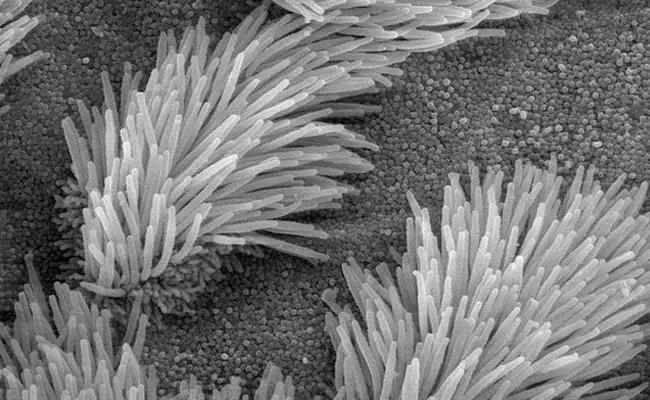Cilia are hair-like structures present in some cells and in some parts or organs of the body. Single-cell organisms often have cilia in the outer parts of their cell membrane which help them move from one place to another. Without these hair-like structures, single-cell organisms will not be able move. Many of these small tubular structures can also be found in various parts and organs of the body including those of animals and humans. Cilia present in the human body for example performs various functions depending on their location.
In terms of motility, cilia may be classified as motile and non-motile. Â Motile types of cilia are those that aid in locomotion. Â Similar to the way muscles contract, these tubular fibers help single-cell organisms in terms of movement. Non-motile types of cilia meanwhile function mainly for sensory purposes. Many non-motile cilia can be found in many cells of the body including the receptor cells in the eyes and in some parts of neurons like in the olfactory center. Motile types of cilia are those that are involved in some kind of movement. In the case of the trachea in humans for example, there are cilia that aid in sweeping or pushing away dirt and mucus which can potentially reach the lungs. With cilia in the trachea, the lungs are protected from possible invasion by bacteria and/or viruses. Another example of motile cilia are those found in the fallopian tubes in females. Â These finger-like structures basically aid the egg cell travel from the ovary down to the uterus.
Problems affecting cilia in various parts of the body may lead to serious medical conditions. In the case of abnormalities with the ciliary structure in fallopian tubes, ectopic pregnancy may result if the egg is not transported down to the uterus from the ovary. Problems with cilia on the trachea may also mean that germs can easily reach the lungs causing serious illness. Renal cilia dysfunction will also lead to kidney problems like PKD or polycystic kidney disease.










